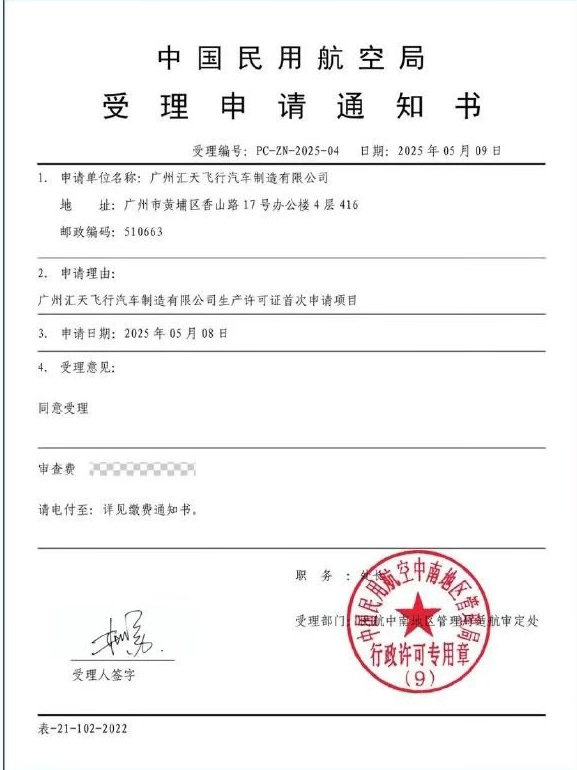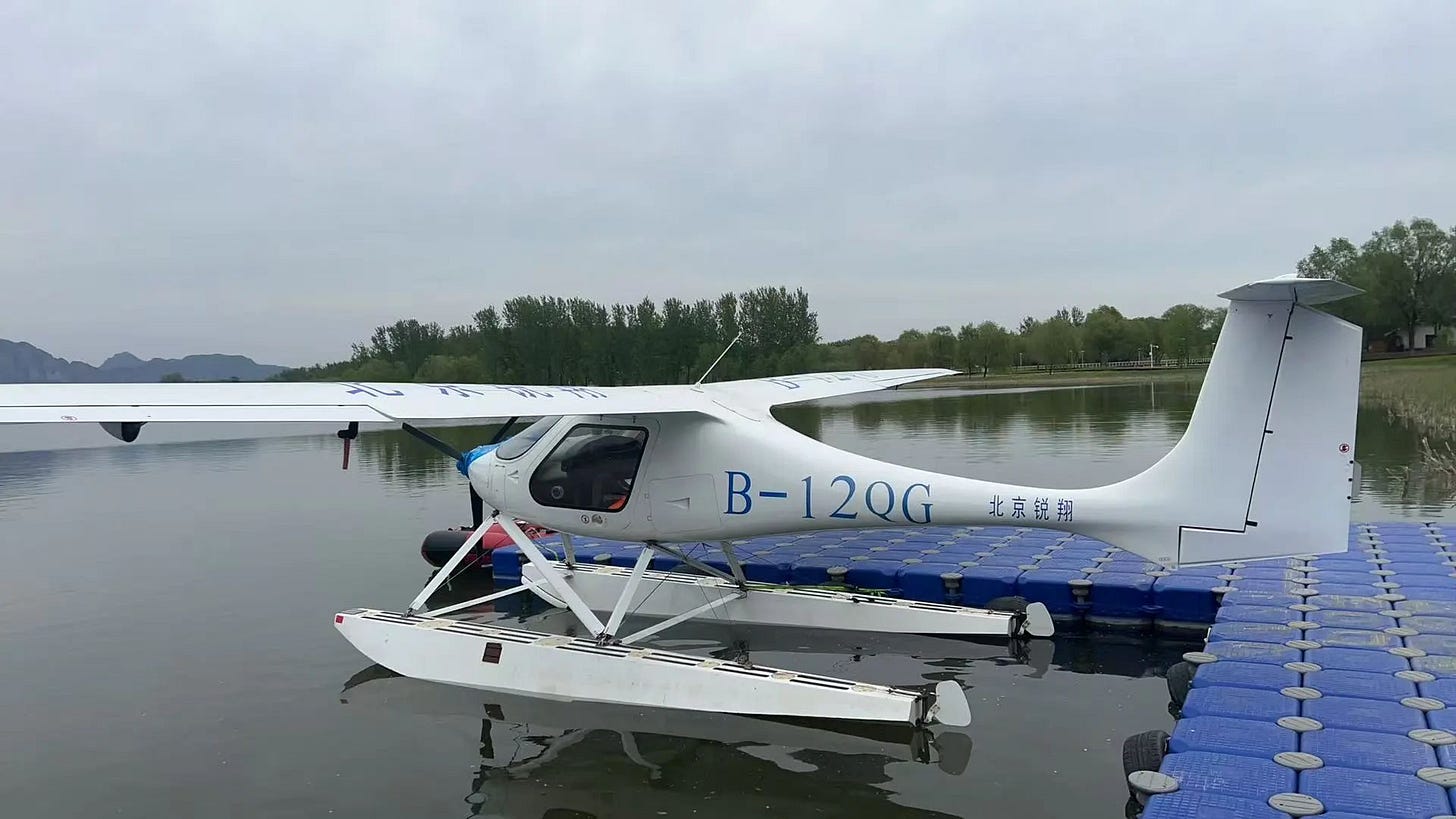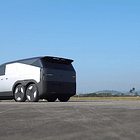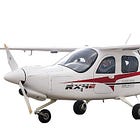News Briefs: XPeng AeroHT, Lai'ao Aviation, and EVT Aerotechnics
Plus, an update on the RX1E-S electric amphibious aircraft.
Announcement
I'm happy to announce that Part 1 of the Chinese eVTOL Aircraft Directory is now available in this month’s Vertical Flight Society’s Vertiflite May/June magazine — and it’s also accessible online.
A big thank you to everyone at Vertical Flight Society and Vertiflite!
If you're not already a VFS member, now is a great time to join. Membership gives you full access to current and past issues of Vertiflite, as well as extensive resources on vertical flight and advanced air mobility.
Stay informed and connect with leaders across government and industry.
XPeng AeroHT’s Air Module PC Application Accepted by CAAC
Amid speculation that XPeng Inc. may pursue an initial public offering for its eVTOL aircraft unit, XPeng AeroHT announced on May 9 that Chinese regulators have officially accepted its Production Certificate (PC) application for the Land Aircraft Carrier air module.

Designated as X3-F, the air module's type certification application was accepted on March 21, 2023, and is currently in the compliance verification phase.
This March, the Civil Aviation Administration of China (CAAC) released the draft special conditions for the X3-F.
XPeng AeroHT said it will continue working closely with aviation authorities to complete both TC and PC reviews, aiming to begin deliveries by 2026.
The company added that construction of its flying car manufacturing base is progressing, with roofing work completed for the final assembly, painting, joining, and composite workshops.
The facility is now 70% finished and scheduled for completion in the fourth quarter of 2025.
Meanwhile, on April 28, the Ministry of Industry and Information Technology (MIIT) issued the “2025 Automotive Standardization Work Priorities,” which includes calls for advancing standardization in emerging sectors such as “flying cars”—potentially offering further policy support for XPeng AeroHT’s development plans.
RX1E-S Electric Amphibious Aircraft Makes Beijing Debut

Zhongguancun Yanqing Park announced on May 8 that the RX1E-S—dubbed the world’s first pontoon-type two-seater electric amphibious aircraft—recently completed its maiden flight in Beijing at the Guishui River near Yanqing’s World Garden Park.
The aircraft is slated to begin fishery law enforcement trials at Guanting Reservoir, supporting ecological monitoring and fishery patrols in the Guishui River basin.
The RX1E-S is equipped with dual-pontoon landing gear and retractable water rudders, enabling takeoff and landing within 200-meter (656-foot) waterways and allowing for precise docking.
According to the announcement, it is 40% quieter than fuel-powered aircraft and produces zero emissions, making it suitable for use in ecologically sensitive environments.
The aircraft’s bionic pontoon design is also said to reduce wave resistance by 30%, helping to minimize disruption to aquatic ecosystems.
Developed by a team led by Chinese Academy of Engineering academician Yang Fengtian, the RX1E-S is manufactured by the Liaoning General Aviation Academy (LGAA) in Shenyang, China, in collaboration with Shenyang Aerospace University.
LGAA has partnered with Hong Kong’s Volar Air Mobility for global distribution and certification efforts, targeting markets in Southeast Asia and beyond.
The RX1E-S has a maximum take-off weight of 650 kg (1,433 lbs) and an empty weight of 500 kg (1,102 lbs). It offers an air range of 160 km (99 miles), with a cruising speed of 110 km/h (68 mph) and a maximum speed of 160 km/h (99 mph).
Website specifications note that the RX1E-S requires a take-off run of 235 meters (771 feet) and a landing distance of 207 meters (679 feet). Its stall speed is 82 km/h (51 mph), and its service ceiling is 3,000 meters (9,843 feet).
The aircraft is equipped with a 50 kWh battery, providing a maximum power output of 80 kW. With an endurance time of 1.5 hours, the RX1E-S is designed for short to medium-duration flights.
First flying in 2019, the RX1E-S received its Type Certificate (TC) in 2021 and its Production Certificate (PC) in 2022.
The RX1E-S builds on earlier work with the four-seat electric RX4E, which received CCAR-23 certification in December.
For its part, Yanqing is one of China’s designated “Civil Unmanned Aircraft Test Zones.” Initiatives include 5G-A integrated sensing networks for drone detection and control, continuous drone patrols along the Great Wall, and a partnership with North China University of Technology to establish a Drone College.
The district has plans to build a “Future Low-Altitude City” by fostering industry clusters and expanding applications to support regional economic growth.




